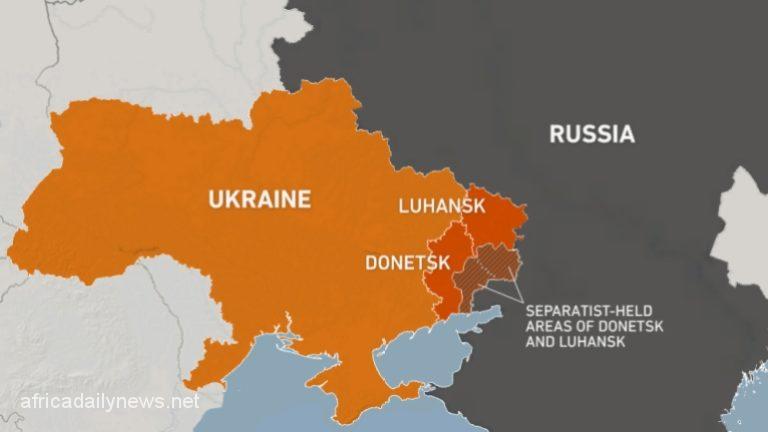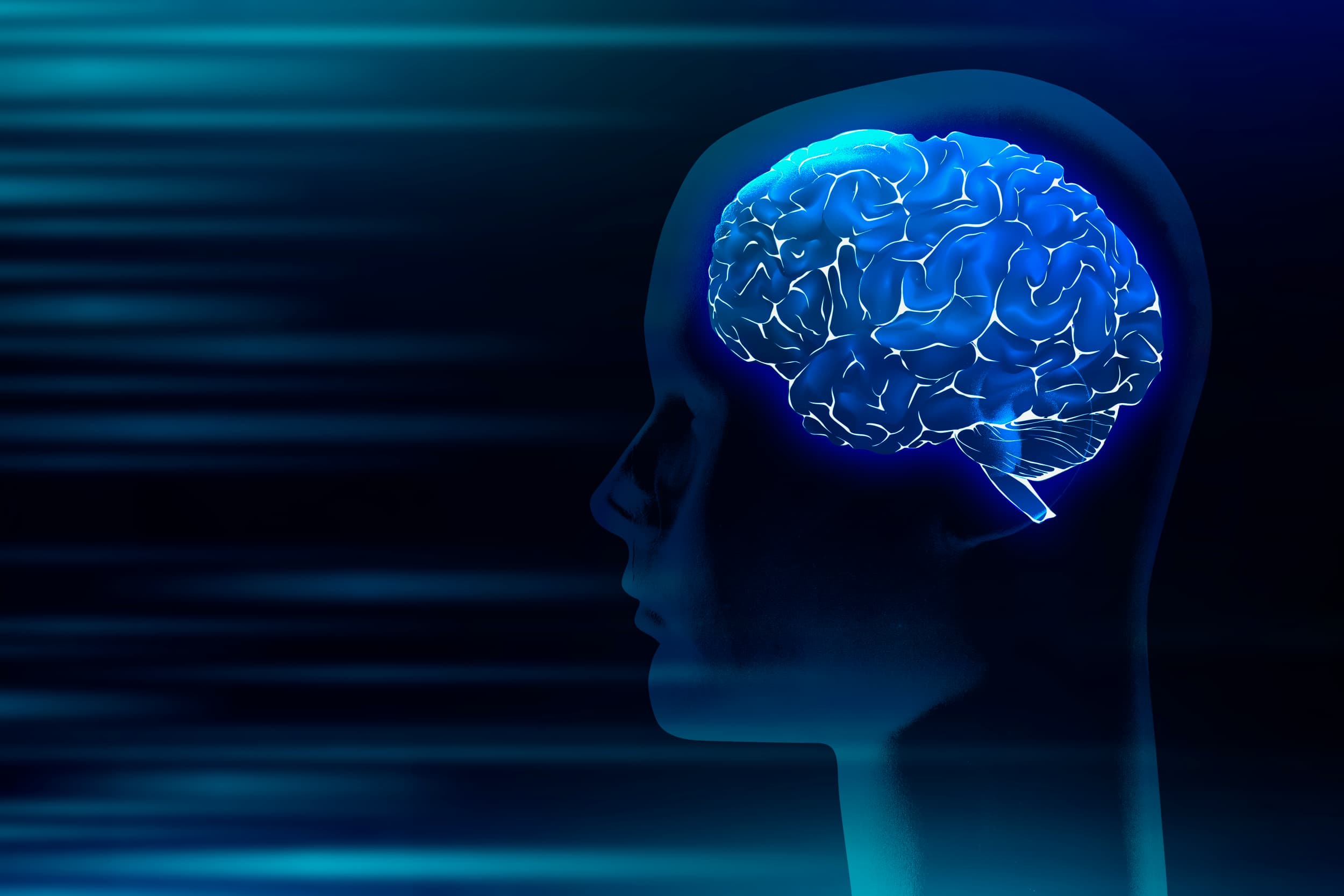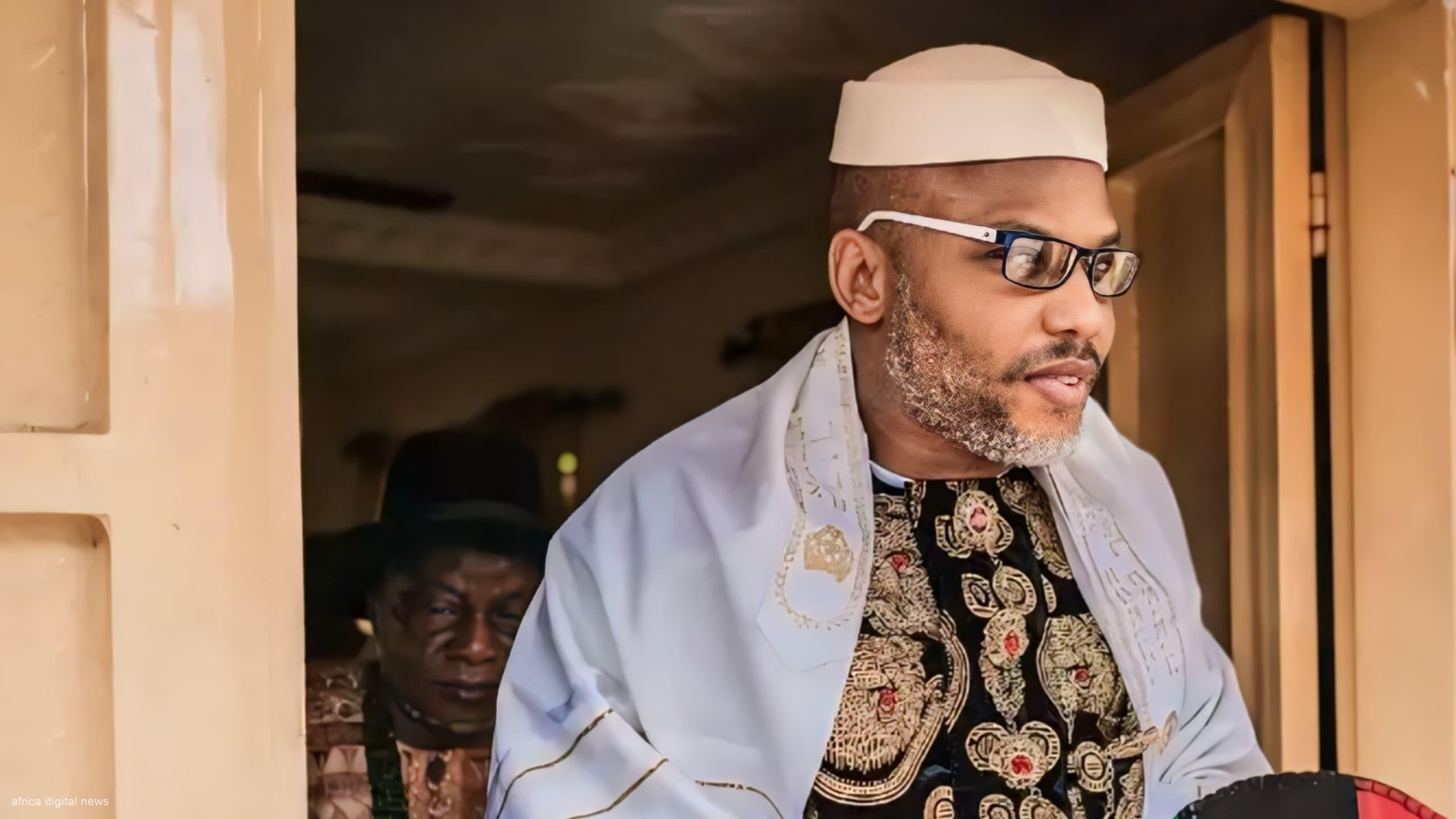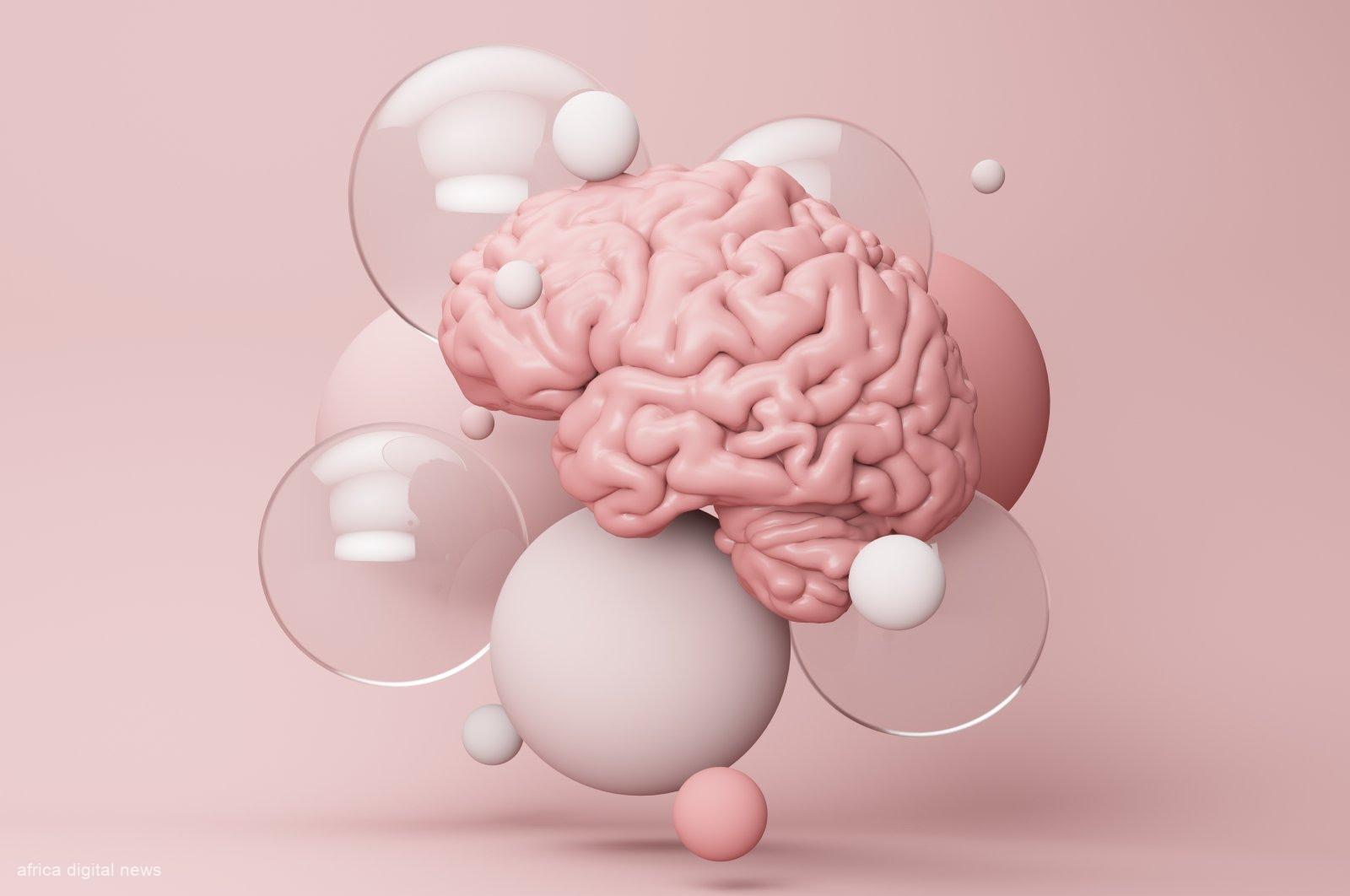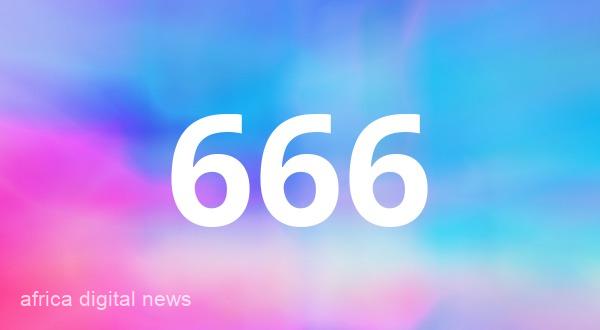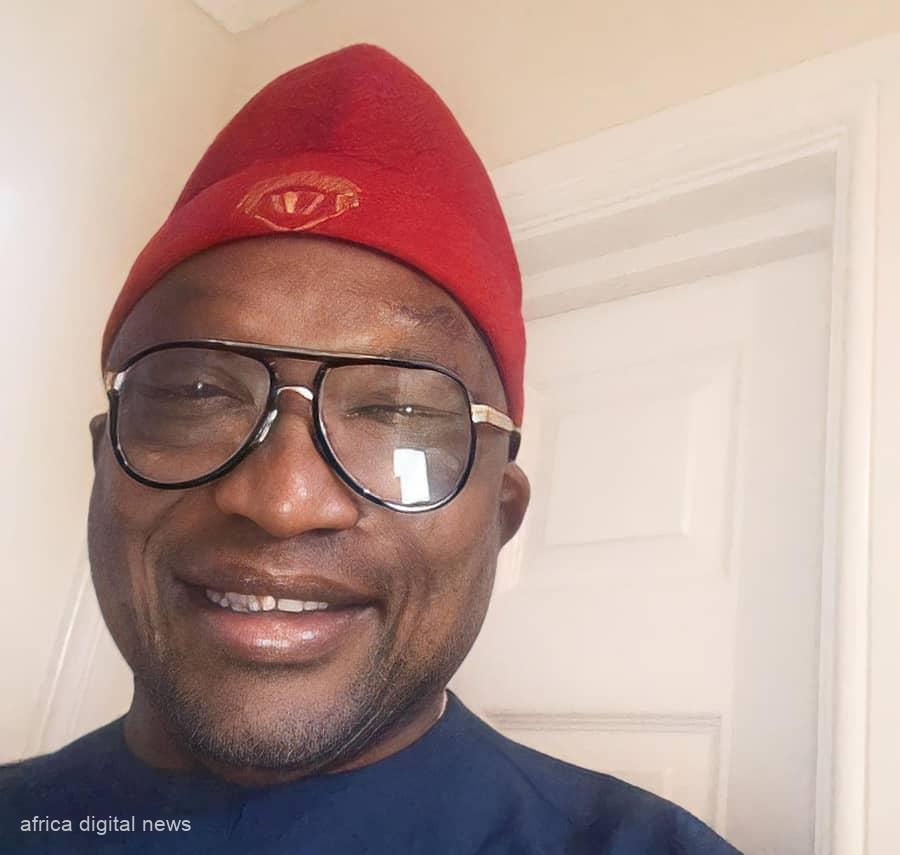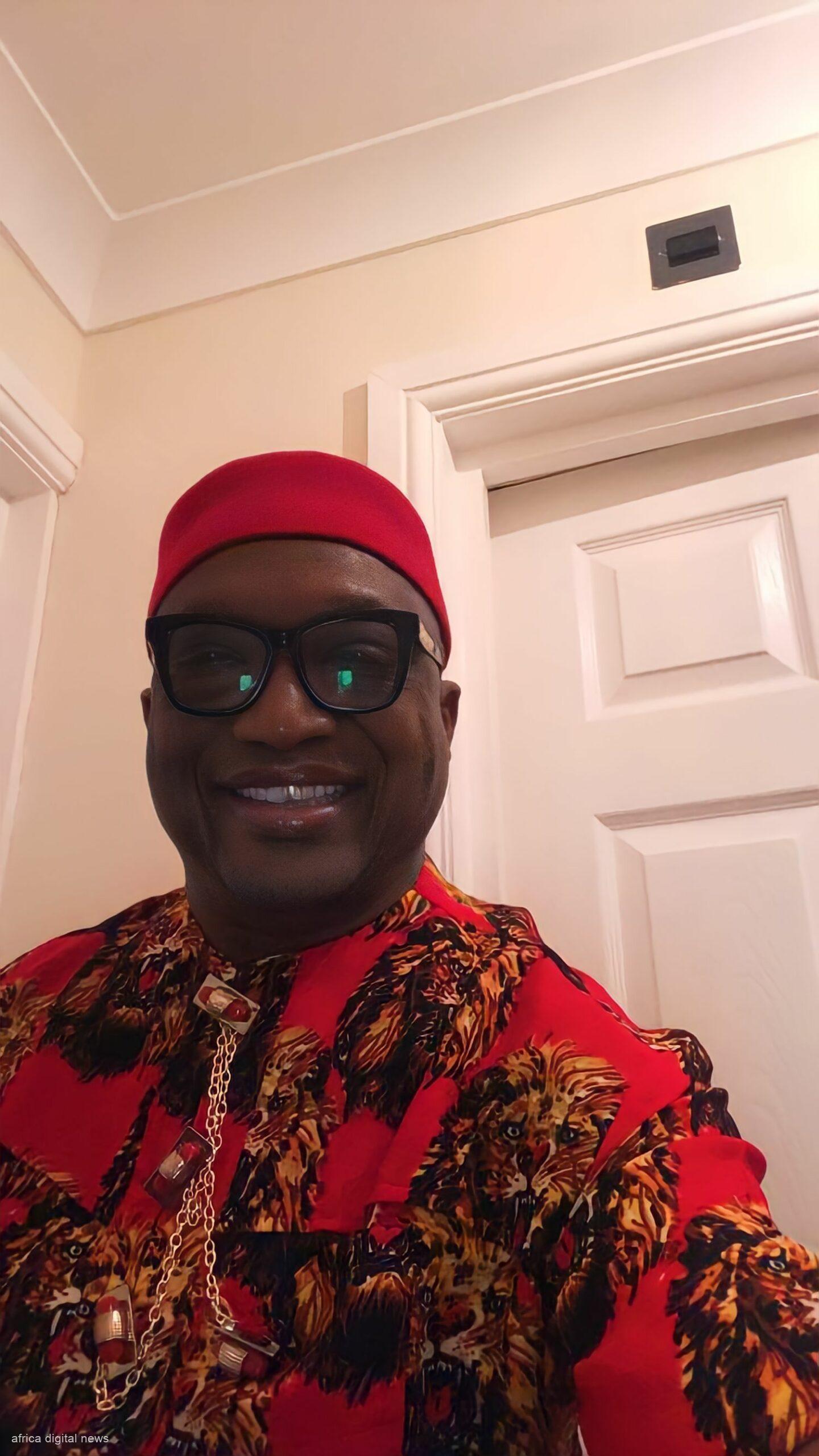On the morning of 24th February 2022, the world woke up to a speech from Russian President, Vladimir Putin where he declared that a ‘special military operation’ would commence in Ukraine. Almost simultaneously, multiple media organisations and news outlets began to report explosions in multiple and attacks in several Ukrainian cities and that was already enough evidence that a large-scale ‘military operation’ was underway in Ukraine.
The crisis is still raging and some analysts have already predicted that it could last longer than Russia ostensibly envisaged. It would be interesting to have a good look at the origin of the crisis to have a deeper understanding.
The truth remains that the conflict is about the future of Ukraine. Over the last few years, Ukraine has grown to become a stage for Russia to try to reassert her influence in Europe and the rest of the world, and not just that, she has also presented Putin with a platform to cement his legacy whether good or bad. Last week Thursday, as predicted, Putin finally decided to launch another incursion into Ukraine — and the act which is actually in its most aggressive, has now left everyone with the possibilities of facing tens of thousands of civilian deaths, a European refugee crisis, and a response from Western allies that included very tough sanctions which would affect a global economy which is still managing its way from the impacts of Covid-19.
Read Also: Russia-Ukraine War: UN Sends Strong Message To Putin
The US and Russia have over the last few years drawn firm red lines which could best explain what’s at stake. Russia has remained very firm. Last year, she presented the United States with a list of her demands, some of which were nonstarters for the United States and her allies in the North Atlantic Treaty Organisation (NATO). Top most amongst these demands was that Putin demanded that NATO must halt its eastward expansion and also deny membership to Ukraine, and that NATO also must roll back troop deployment in countries that had joined after 1997, which would turn back the clock decades on Europe’s security and geopolitical alignment.
As predicted by many analysts, the US and NATO have, time after time, rejected these demands. However, both the US and Russia know Ukraine is not going to become a NATO member anytime soon and these are for a number of reasons which we will discuss later.
The Root of the Current Crisis Traces its Origin From the Breakup of USSR
When the Soviet Union broke up in the early ’90s, Ukraine, a former Soviet republic, had the third largest atomic arsenal in the world. The United States and Russia worked with Ukraine to denuclearise the country, and in a series of diplomatic agreements, Kyiv gave her hundreds of nuclear warheads back to Russia in exchange for security assurances that protected her from a potential Russian attack.
Those assurances were put to the test in 2014, when Russia invaded Ukraine. Russia annexed the Crimean Peninsula and backed a rebellion led by pro-Russia separatists in the eastern Donbas region. Putin however, continued to insist that Crimea actually had a referendum contrary to the claims of invasion.
Russia’s assault grew out of mass protests in Ukraine that toppled the country’s pro-Russian President Viktor Yanukovych (partially over his abandonment of a trade agreement with the European Union). US diplomats visited the demonstrations, in symbolic gestures that further agitated Putin.
President Barack Obama, hesitant to escalate tensions with Russia any further, was slow to mobilise a diplomatic response in Europe and did not immediately provide Ukrainians with offensive weapons.
But the very premise of a post-Soviet Europe is also helping to fuel today’s conflict. Putin has been fixated on reclaiming some semblance of empire, lost with the fall of the Soviet Union. Ukraine is central to this vision. Putin has said Ukrainians and Russians ‘were one people — a single whole,’ or at least would be if not for the meddling from outside forces (as in, the West) that has created a ‘wall’ between the two.
Ukraine isn’t joining NATO in the near future, and President Joe Biden has said as much. The core of the NATO treaty is Article 5, a commitment that an attack on any NATO country is treated as an attack on the entire alliance — meaning any Russian military engagement of a hypothetical NATO-member Ukraine would theoretically bring Moscow into conflict with the US, the UK, France, and the 27 other NATO members.
But the country is the fourth largest recipient of military funding from the US, and the intelligence cooperation between the two countries has deepened in response to threats from Russia.
Which is why Putin finds Ukraine’s orientation toward the EU and NATO (despite Russian aggression having quite a lot to do with that) untenable to Russia’s national security.
Again, it is important to note that no country can join the alliance without the unanimous buy-in of all 30 member countries, and many have opposed Ukraine’s membership, in part because it doesn’t meet the conditions on democracy and rule of law.
All of that has put Ukraine in an impossible position: an applicant for an alliance that wasn’t going to be accepted, while irritating a potential opponent next door, without having any degree of NATO protection.
The Russia-Ukraine crisis is a continuation of the one that began in 2014. But recent political developments within Ukraine, the US, Europe, and Russia help explain why Putin may feel now is the time to act.
Among those developments are the 2019 election of Ukrainian President Volodymyr Zelensky, a comedian who played a President on TV and then became the actual President. In addition to the other thing you might remember Zelensky for, he promised during his campaign that he would ‘reboot’ peace talks to end the conflict in eastern Ukraine, including dealing with Putin directly to resolve the conflict. Russia, too, likely thought it could get something out of this: It saw Zelensky, a political novice, as someone who might be more open to Russia’s point of view.
What Russia wants is for Zelensky to implement the 2014 and ’15 Minsk agreements, deals that would bring the pro-Russian regions back into Ukraine but would amount to, what some experts have described as a ‘Trojan horse’ for Moscow to wield influence and control. No Ukrainian President could accept those terms, and so Zelensky, under continued Russian pressure, has turned to the West for help, talking openly about wanting to join NATO.
Public opinion in Ukraine has also strongly swayed to support for ascension into Western bodies like the EU and NATO. That may have left Russia feeling as though she has exhausted all of her political and diplomatic tools to bring Ukraine back into the fold.
Today, Europe has her own internal fractures, too and she’s not actually smooth on any angle. The EU and the UK are still dealing with the fallout from Brexit. Virtually everyone is still grappling with the ongoing Covid-19 pandemic. Germany has a new chancellor, Olaf Scholz, after 16 years of Angela Merkel, and the new coalition government is still trying to establish its foreign policy. Germany, along with other European countries, import Russian natural gas, and energy prices are spiking right now. France has elections coming up in April, and French President Emmanuel Macron is trying to carve out a spot for himself in all of these negotiations. Added to these issues, the invasion is likely to have major effects on many people around the world. The days ahead are surely as interesting as they seem.
AFRICA DAILY NEWS, NEW YORK

